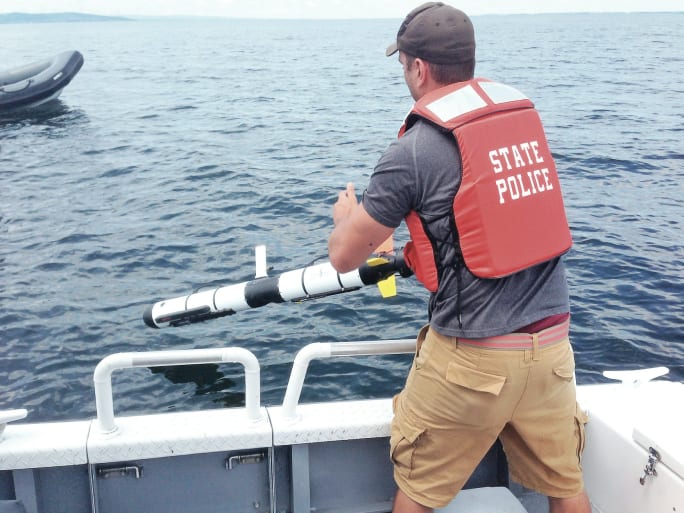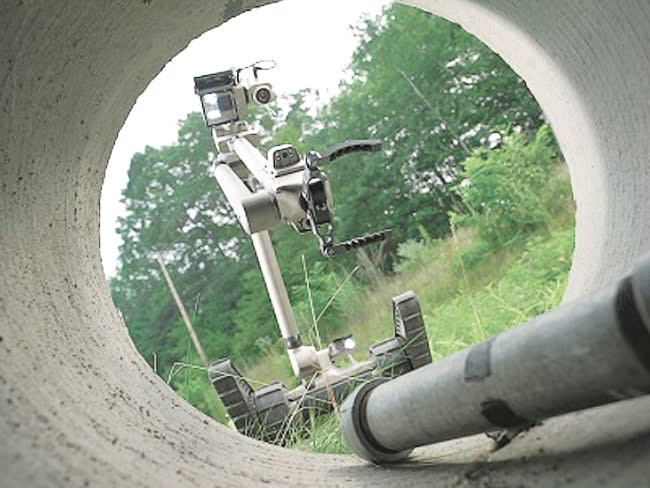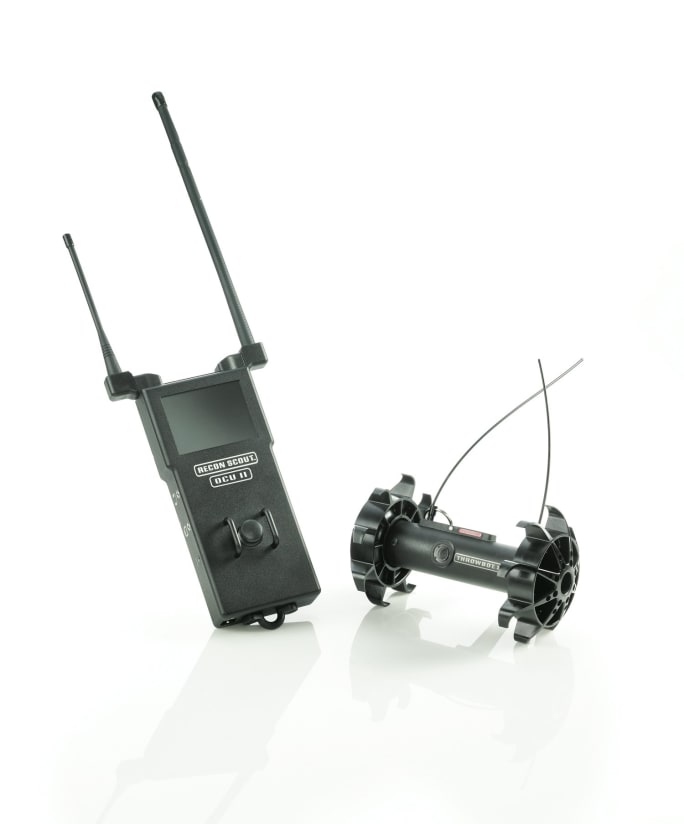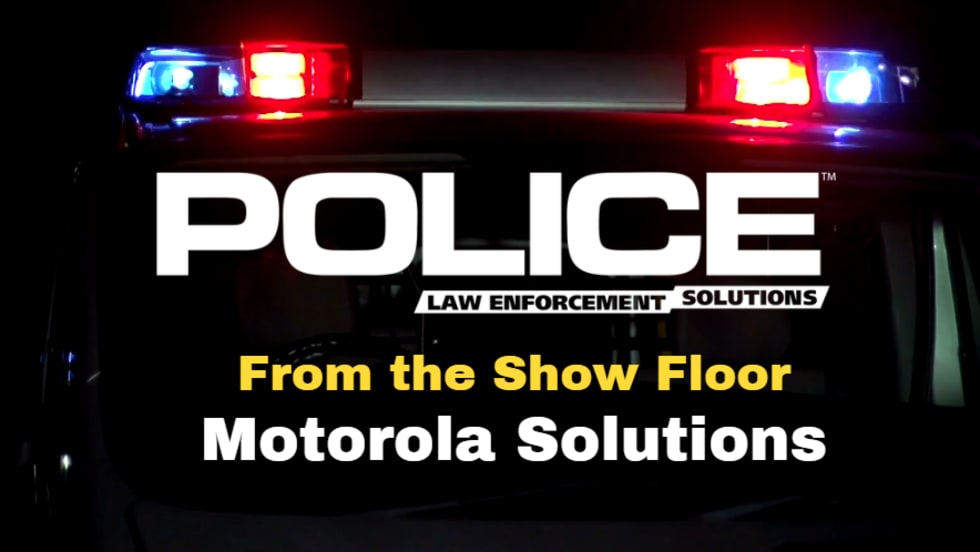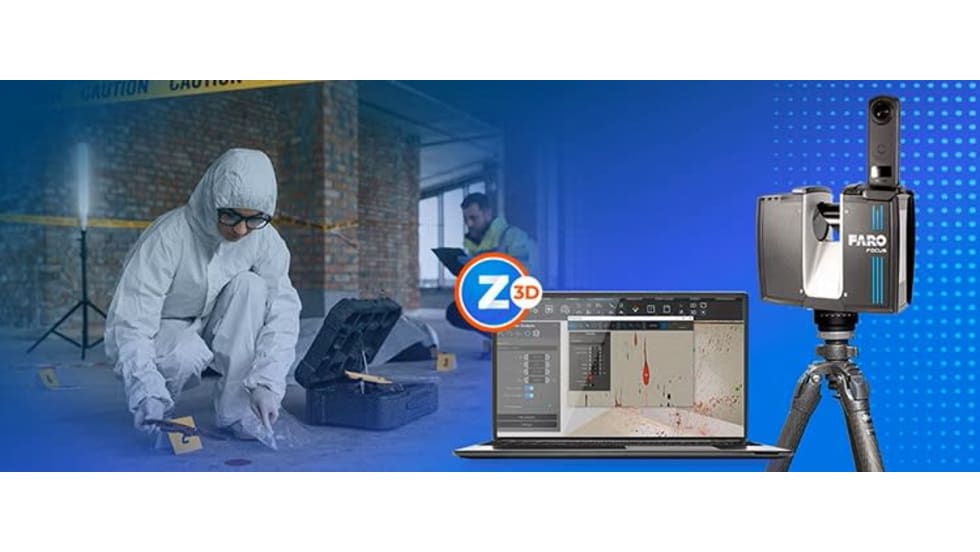There are a number of small, lightweight robots in use by law enforcement. These little devices are great for helping officers gain a view of what is going on in a building during a barricade incident, a search, or some other high-risk operation. And by far the most popular "microbot" in law enforcement is ReconRobotics' Throwbot XT.
If you haven't seen a Throwbot, then it's kind of hard to describe. It's basically a set of wheels, an axle with a stabilizer bar, a camera, and some antennae. Truthfully, it looks kinda strange, like a cross between a toy and an insect.
One very satisfied user of the Throwbot XT says a pair of suspects was so weirded out by the self-propelled reconnaissance tool that they didn't want any part of it. "We had this male and female who were barricaded in a house. We were set up on them downstairs. So we got out the Throwbot and tossed it up to the second floor and started running it around. Then we saw the suspects looking at it and talking about it. They were really confused by it. Three minutes later they surrendered. I think it actually spooked them," says Sgt. Mike Jerde of the Hennepin County (MN) Sheriff's Office.
Jerde, who serves on the Hennepin County SO Emergency Services Unit, says his team never goes out without the Throwbot. One member of the team carries the 8-inch-long, 1.2-pound robot in a sling pack across his tactical vest. Jerde says the robot is sometimes tethered on a length of rappelling rope to aid in recovery, and it can be tossed into the unseen areas of a building to give the team information on the room layouts and positioning of a subject or subjects before sending in officers. The tether helps the team recover the little robot.
Procedures vary based on the operation. Jerde says the team sometimes makes entry, establishes a position, and then sends the robot out for intel. Other times it has sent the robot through a window before entering the home or building.




